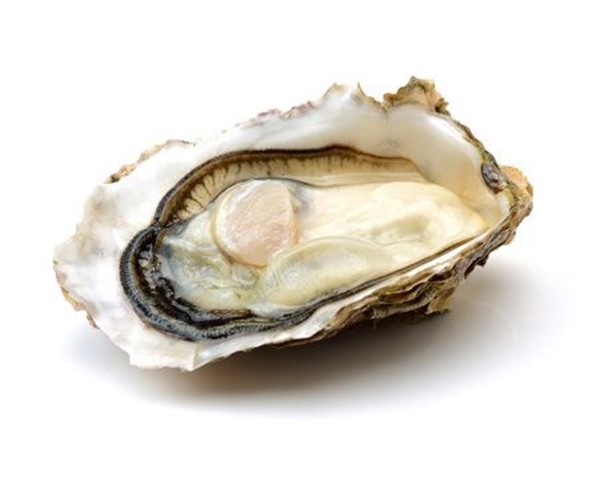Norovirus is of intestinal origin; coastal waters where oysters are grown can be at risk from sewage discharge and subsequent contamination. Floods and sewage backflow issues from water treatment plants can cause sewage pollution of coastal waters.
Oysters are filter feeders; particulate matter such as norovirus can concentrate within the flesh when water flows through them. A survey by the Food Standards Agency in 2011 found that 76% of oysters were contaminated with norovirus.
Norovirus contamination of oysters is a concern as consumers often consume them raw, meaning the pathogen is not inactivated before consumption by heat treatment. Less than 18 Norovirus particles are required to cause illness.
Inadequate hygiene practices of operators during processing can also lead to contamination.
So..what potential controls can be put in place to mitigate risks?
Pre-harvest control measures (not exhaustive)
> Monitoring the quality of harvesting areas by sampling E. coli or faecal or total coliforms. The FSA classifies oyster harvest beds into Class A, B or C based on E. coli per 100g in the flesh of oysters in the harvest beds. Class A is the cleanest, and Class C is the least. The level of contamination determines the appropriate treatment.
> Identification of norovirus within HACCP plans, which include Norovirus prevention and control strategies.
Post-harvest measures (not exhaustive)
> Depuration of shellfish in tanks supplied with clean seawater and UV treatment or ozone disinfection to purge out microbial contaminants. Depuration periods at approved centres can range between 1 to 7 days. However, studies suggest depuration effectiveness is limited for norovirus compared to bacteriological cleansing.
> Relaying oysters in seabeds with a higher classification standard for cleansing in a natural environment.
> Heat treatment of 90℃ for 90 seconds will inactivate norovirus; however, this may be unacceptable to consumers as it makes the shellfish rubbery.
> High-pressure processing (HPP) technology is an emerging treatment option for oysters that allows the inactivation of viral pathogens while maintaining the natural properties palatable to consumers. HPP forces the water within oysters into the virus, distorting the virus capsid and impacting infectivity.
> Exclusion of sick food handlers, FSA guidance stipulates a minimum legal requirement of 48 hours symptom-free. However, those infected with norovirus could excrete the virus for up to 3 weeks.
> HACCP and pre-requisite controls.

References
Gyawali, P. et al. (2019). “Norovirus in shellfish: An overview of post-harvest treatments and their challenges,” Food Control, 99, pp. 171–179.
Soon, J.M. and Baines, R. (2013) Managing food safety risks in the Agri-Food Industries. Boca Raton: CRC Press.
World Health Organisation (2010). ‘Safe Management of Shellfish and Harvest Waters’. Available at: https://lnkd.in/e9GEYNBA
Activate to view larger image,